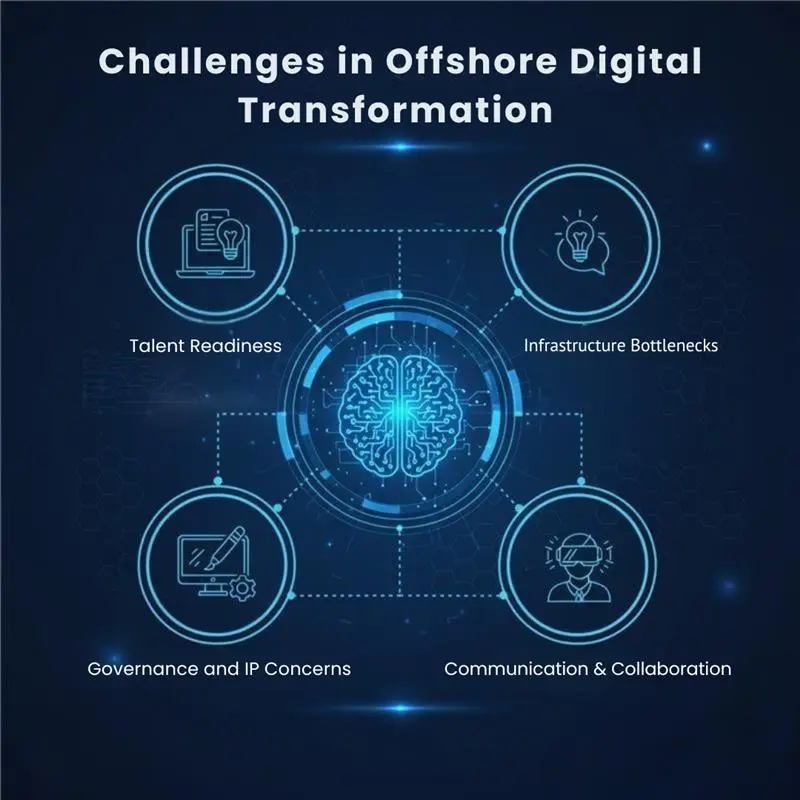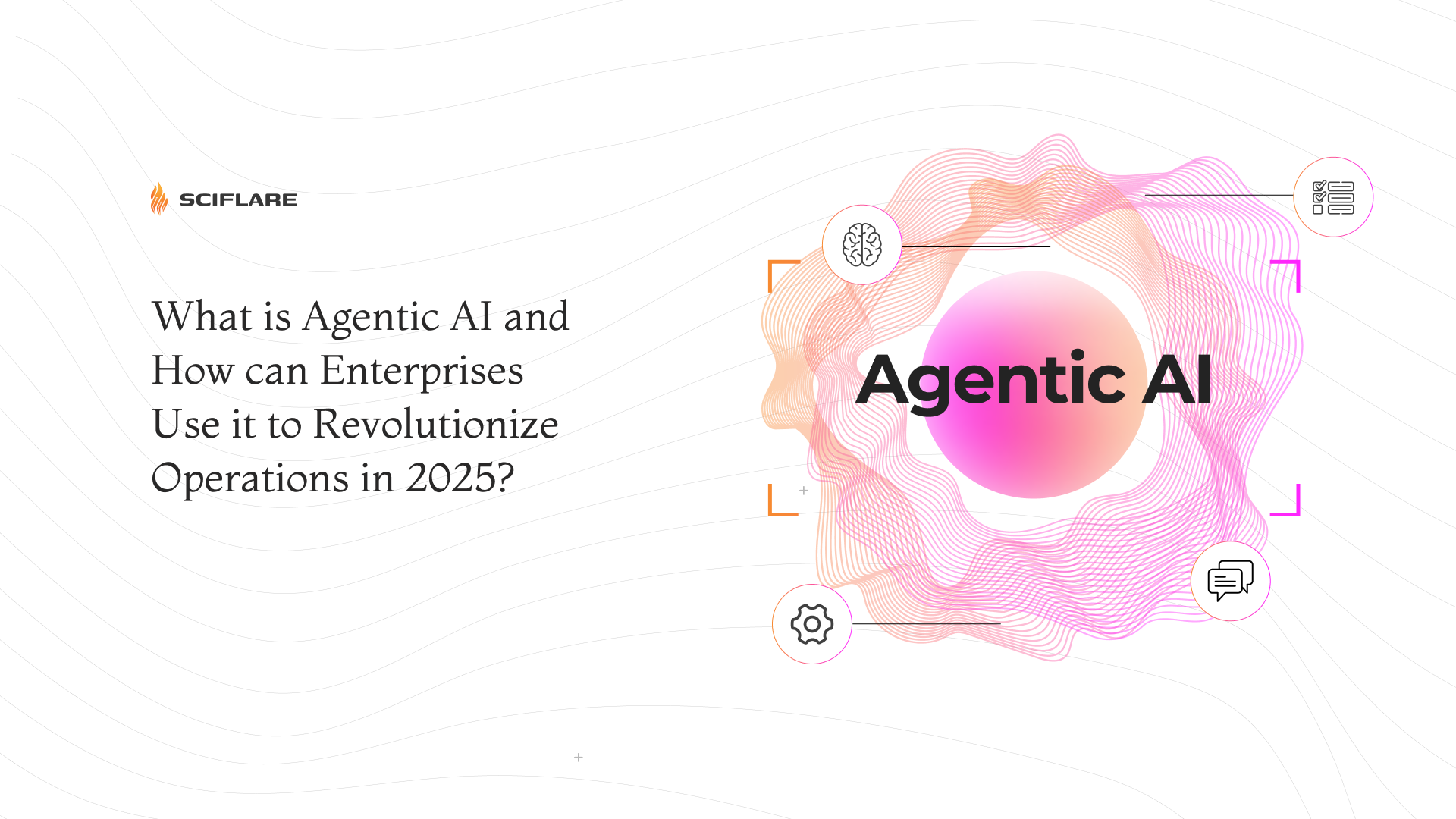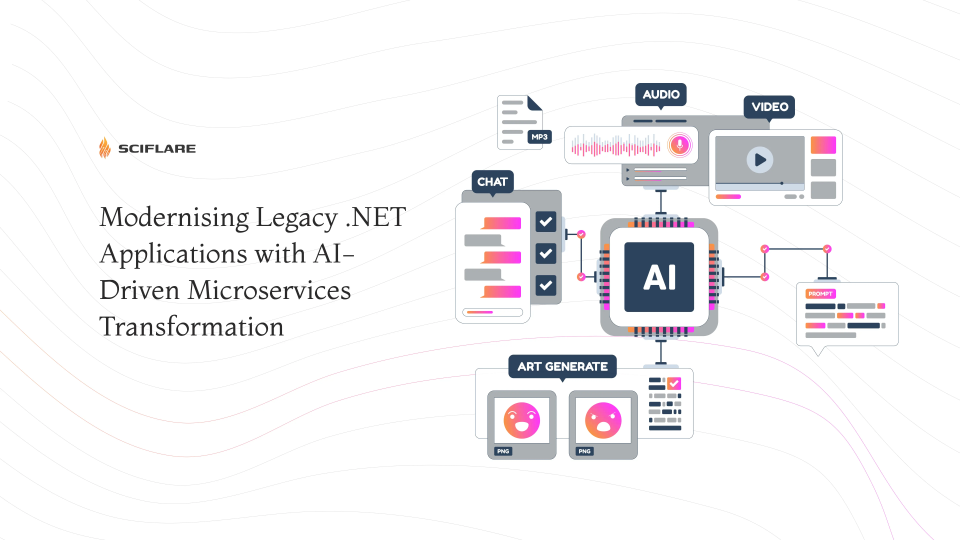
How GenAI Offshore Delivery Models Drive Faster Enterprise Transformation
Written by: Shiva Kumaran S
Introduction
In today's hyper-competitive digital landscape, enterprises face increasing pressure to modernize operations, automate workflows, and stay AI-ready. The race toward digital transformation is no longer optional it's existential.
Yet many IT leaders struggle to balance cost, speed, and innovation when scaling transformation initiatives. Traditional offshore delivery models, while cost-effective, often fall short in driving true agility and AI integration. Enter: GenAI-powered offshore delivery models.
These next-gen models blend cost advantages with cognitive capabilities, helping enterprises leapfrog transformation bottlenecks. This blog explores how combining Generative AI with offshore delivery is reshaping the digital transformation playbook for CTOs and IT leaders.
The Evolution of Offshore Delivery in the AI Era
Offshore delivery has long been a go-to strategy for reducing operational costs and accessing global talent. But legacy models are largely task-driven, siloed, and manually intensive limiting their value in fast-paced AI transformation programs.
Traditional Offshore Delivery
Project-based staffing with limited domain continuity
Manual processes and documentation
Low to moderate automation
Reactive support with minimal insights
GenAI-Powered Offshore Delivery
AI-augmented developers and delivery teams
Automated documentation, QA, and test generation
Proactive monitoring and predictive insights
Event-driven architectures & autonomous agents
This shift redefines offshore teams from being mere execution units to strategic, AI-enabled transformation partners. With GenAI embedded in the delivery lifecycle, teams work smarter, faster, and with deeper business alignment.
GenAI also enhances knowledge retention across teams, eliminates onboarding delays, and fosters agile collaboration across distributed locations. As enterprises shift toward continuous transformation, such capabilities become crucial.
Why Enterprises Need GenAI for Digital Transformation
1) Cost and Efficiency Benefits
Generative AI dramatically reduces the manual load across software development, maintenance, and operations. Enterprises embracing GenAI in delivery models are seeing significant cost optimizations:
Up to 40% reduction in project timelines by automating code generation, documentation, and testing
Lower QA overhead due to self-healing test suites and auto-regression
Reduced L1/L2 support costs via AI-powered chatbots and virtual agents
Streamlined development cycles through AI-assisted debugging and refactoring
Additionally, GenAI-powered delivery unlocks scalability. Enterprises can scale delivery operations without linear cost increases. This means faster rollouts, lower dependency on manual labor, and reduced rework through intelligent code suggestions and architectural consistency.
2) Faster Time-to-Market with Automation
Speed is a key differentiator in today’s market. GenAI enhances delivery velocity by accelerating every phase of the SDLC:
Requirement gathering via natural language understanding and prompt-to-story conversion
Code scaffolding with AI copilots that adapt to enterprise patterns
Continuous integration pipelines managed by AI agents with self-healing capabilities
Faster feedback loops with auto-generated reports, test results, and optimization suggestions
This enables enterprises to launch MVPs in weeks, iterate rapidly, and scale without bottlenecks. Time saved in development directly translates to competitive edge in market response.
3) AI Readiness Becomes Table Stakes
AI is no longer experimental. Gartner predicts that by 2026, over 80% of enterprises will use GenAI APIs and models. Offshore partners must be AI-fluent — not just i n building AI products, but in leveraging AI to deliver software smarter.
Being AI-ready also means being infrastructure-ready. Enterprises need partners who can support data governance, model lifecycle management, and cloud-native development simultaneously.
Challenges in Offshore Digital Transformation

Despite the promise of GenAI, scaling transformation through offshore teams presents real challenges:
1) Talent Readiness
Not all delivery centers have trained engineers in AI/ML workflows, MLOps, or prompt engineering. Upskilling and cross-training are essential.
Many traditional developers require mindset shifts to adopt prompt-based engineering, understand token optimization, or fine-tune large language models. Enterprise IT leaders must factor in capability-building timelines.
2) Infrastructure Bottlenecks
Running AI workloads demands GPU acceleration, scalable cloud-native architectures, and secure data environments. Offshore centers often lag in infra-readiness.
Moreover, network latency, data residency laws, and tool compatibility can slow down AI workloads in distributed environments. Offshore teams need access to shared ML environments, sandboxed testbeds, and rapid provisioning frameworks.
3) Governance and IP Concerns
Data security, model explainability, and IP ownership become critical in GenAI-enabled delivery. Enterprises need partners with robust compliance and governance frameworks.
As AI regulations evolve (e.g., EU AI Act), offshore delivery models must adapt to stricter documentation, audit trails, model transparency, and ethical use policies.
4) Communication & Collaboration
Time zone mismatches, cultural nuances, and lack of agile maturity can impact alignment. GenAI can assist with automated documentation, daily logs, and translation, but human alignment remains key.
Clear SLAs, shared OKRs, and continuous delivery cadences are necessary to mitigate delivery risks.
GenAI Offshore Models for AI Readiness
Sciflare's GenAI offshore delivery model is designed for enterprises that want to move beyond pilots and POCs. It embeds intelligence across:
1) Agentic DevOps
AI agents manage build pipelines, track anomalies, and auto-remediate issues. This ensures continuous delivery with minimal human intervention.
Intelligent alerting, rollback prevention, and configuration-as-code models ensure maximum uptime and minimal operational overhead.
2) Prompt-Driven Engineering
GenAI accelerates coding, documentation, and API development. With custom-trained LLMs, teams can:
Auto-generate CRUD APIs
Translate user stories into test cases
Create architecture diagrams from prompts
Enterprises can even maintain AI design systems and component libraries using reusable prompt templates — improving UI/UX consistency and reducing design drift.
3) Smart QA & Validation
AI-driven QA bots perform UI validation, regression testing, and load benchmarking. They learn from production data to continuously improve coverage.
Combined with synthetic data generation and continuous fuzzing, this model enhances pre-launch reliability.
4) AI PMO Assistants
Virtual PMOs powered by GenAI handle:
Sprint planning and backlog grooming
Time and effort estimation
KPI tracking and executive summaries
These assistants ensure C-suite stakeholders get real-time, conversational updates on progress, risks, and ROI — a key enabler of trust in offshore delivery.
Future Outlook: Scaling with GenAI Offshore Delivery
Looking ahead, offshore delivery will be redefined by AI-first architectures. Enterprises will:
Build hybrid teams where humans and AI collaborate continuously
Extend GenAI use from software to strategy, design, and customer service
Adopt AI marketplaces and internal toolkits across delivery teams
Use LLM-based decision engines for resource allocation, compliance, and ops
For CTOs and CIOs, this shift means rethinking delivery from a tech-enabled to a tech-augmented model.
The winners will be enterprises who don't just adopt GenAI tools but re-architect how they build, ship, and scale software globally.
Mini Case Study:
1. Challenge: A leading fantasy sports platform needed to scale to millions of users while ensuring sub-100ms response times during live matches.
2. Approach: Sciflare implemented an AI-accelerated, event-driven backend using GenAI for monitoring, autoscaling, and performance optimization.
3. Outcome: Achieved 99.99% uptime during peak events, handled 5M+ concurrent users with zero downtime, and improved dev velocity by 45%, reducing sprint cycles by two weeks.
Conclusion
Enterprise transformation is shifting from vision decks to execution sprints. With GenAI-powered offshore delivery, organizations no longer need to choose between cost and capability. You can achieve both — and at speed.
From accelerating software engineering to enabling AI-driven operations, offshore models infused with GenAI are future-proof, scalable, and outcome-focused.
At Sciflare, we partner with tech leaders across industries to build GenAI delivery engines tailored to their growth, compliance, and innovation goals.
Talk to our experts to explore AI-driven offshore models for your enterprise.




